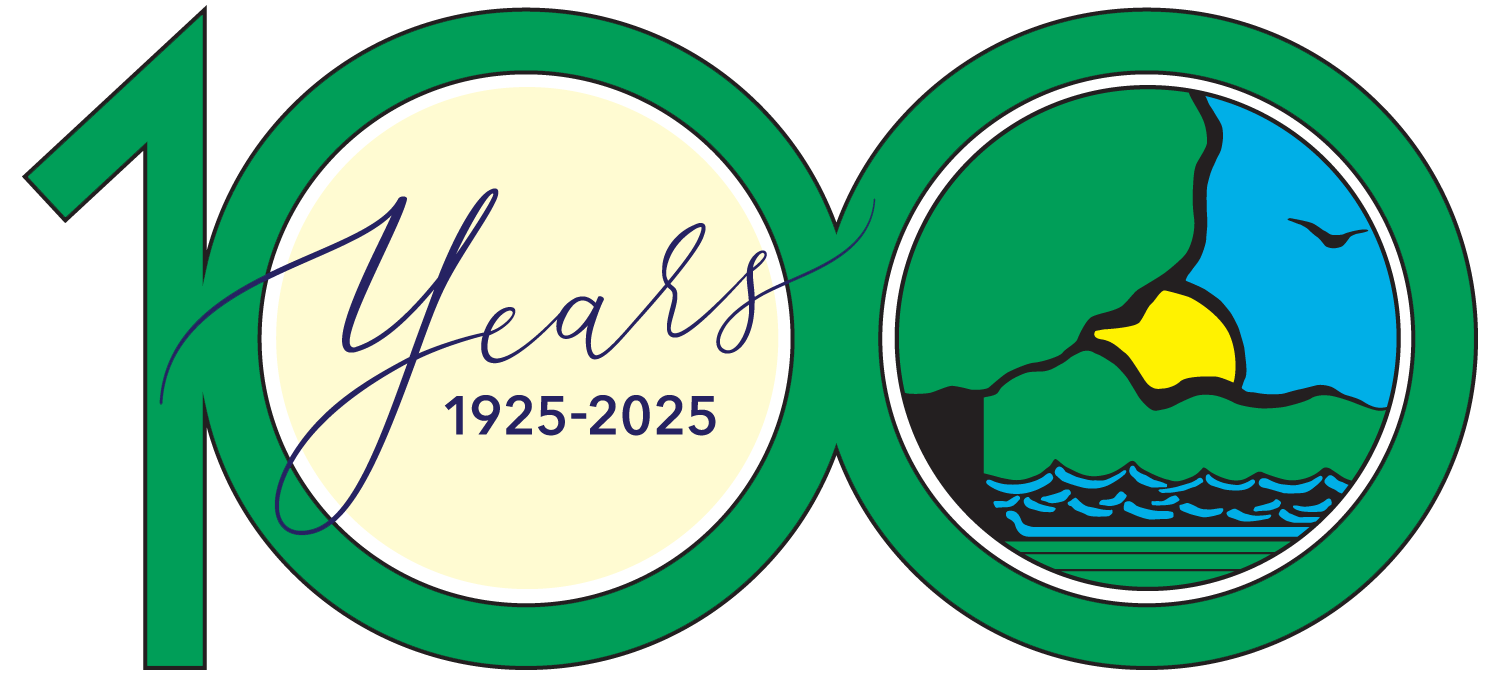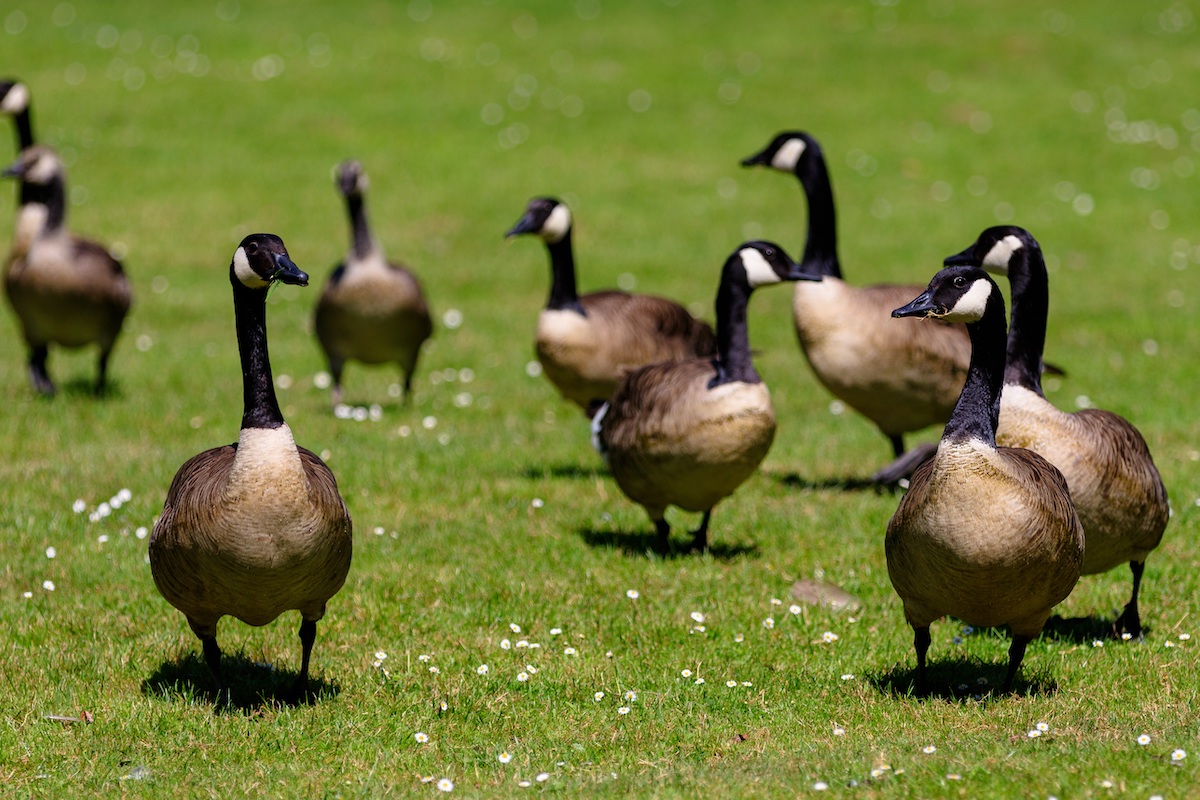
Photo by Herbert Aust.



Photo by Herbert Aust.
June & July, 2021
Randy Smith, Wetland Wildlife Program Manager, Illinois Department of Natural Resources
Kathy Andrews Wright, Rick Wright, Sarah Marjanovic, Uros Marjanovic and Laura Kammin.
Sarah Marjanovic
0:16 Introduction of Randy Smith
0:22 Description of the timing of the goose round-up and why it takes place when it does.
1:47 Where in Illinois does goose banding take place?
2:23 What is the process for capturing geese?
5:55 Description of the bands, both in composition and numbering.
6:56 What is the process for reporting recovered bands?
9:11 What is the goal for the number of geese banded annually?
10:28 What is the history of the Illinois goose banding project?
11:37 What have we learned from the research that has been taking place related to the goose banding project?
14:14 What has the goose banding project told us about the Illinois goose population?
Kathy Andrews Wright retired from the Illinois Department of Natural Resources where she was editor of OutdoorIllinois magazine. She is currently the editor of OutdoorIllinois Journal.
Submit a question for the author